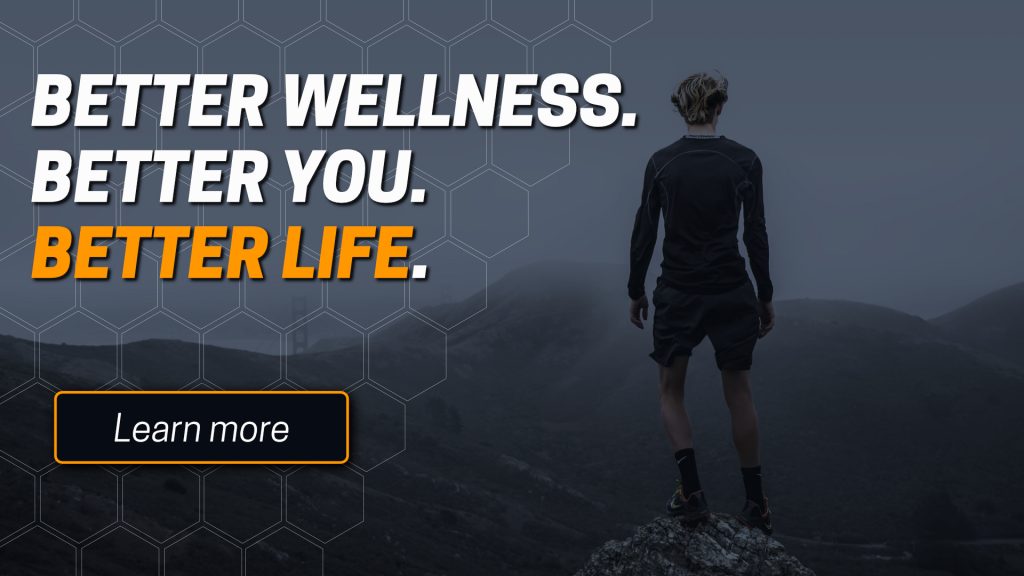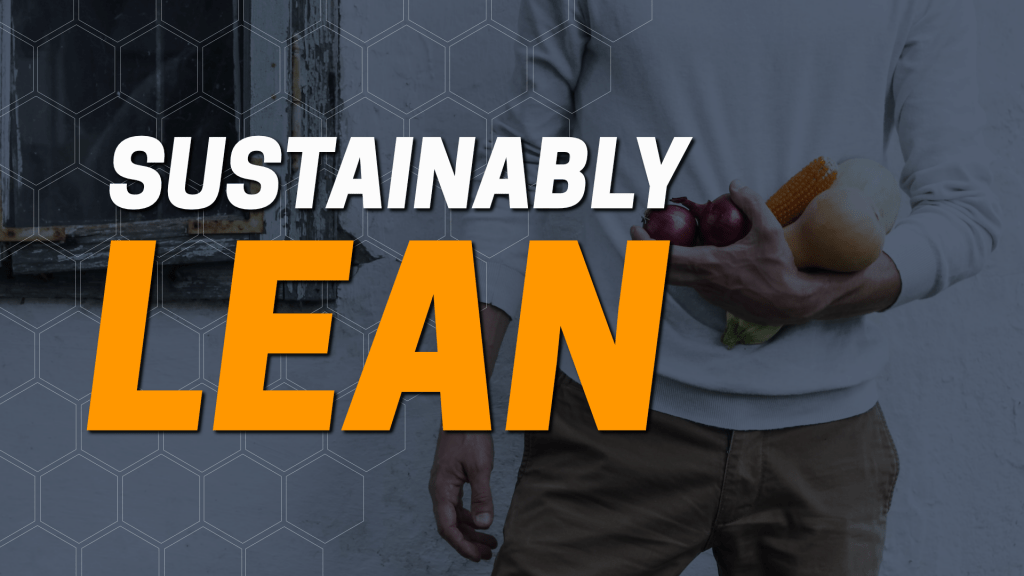Today at a Glance
Are you living a life true to yourself? Or are you conforming to societal expectations and pressures?
95% of people share common patterns of regret on their deathbeds.
In this week’s issue, we explore Phase 9 of “The Anatomy of Change”—the importance of mastering the art of time and patience in becoming your best self.
Discover how to develop a deeper level of patience, resist impulsive decisions, and gain clarity to live a more meaningful and regret-free life.
Thousands and thousands of people from all walks of life have been interviewed on their deathbed about their regrets in life. Surprisingly there’s a common pattern that occurred most often.
95% of people express regret about not having lived a life according to their desires, dreams, and values. They regret not having pursued their passions, taken risks, and followed their hearts.
People wish they had been more true to themselves, truly authentic, and made choices that aligned with their true selves rather than conforming to societal expectations or pressures.
People admitted that they had been neglecting personal health for most of their lives. Most said: “I realized too late that I should have taken better care of my physical and mental well-being.”
The same people regret not having dedicated more time to personal development and growth. Pursuing new skills, or deepening their interests that could have enriched their lives and broadened their perspectives.
They didn’t pursue to become their best selves because they didn’t master the art of time and patience.
"Twenty years from now, you will be more disappointed by the things you didn't do than by the ones you did do.
So throw off the bowlines.
Sail away from the safe harbor.
Catch the trade winds in your sails.
Explore. Dream. Discover.”— Mark Twain
The Anatomy of Change — Part 9
As mentioned in previous newsletters, personal change is a complex process that can be influenced by various mechanisms.
We call it “The Anatomy of Change”.
It’s a 9-phase process resulting in transformation:
Phase 9: Time and Patience
Today we delve deeper into mastering the art of time and patience.
Let’s go…
Develop a Deeper Level of Patience and Time
Patience is a multi-faceted virtue and mindset that involves a profound understanding of time, self, and the world on a deeper level.
It goes beyond simply waiting without frustration and extends to how we approach life, relationships, and challenges.
We need to accept impermanence. We recognize the impermanent nature of life. Change is constant, and not everything will happen according to our desired timeline. Patience allows us to accept and adapt to this impermanence gracefully.
We develop the ability to manage and regulate emotions effectively. Deep patience means being able to stay calm, composed, and resilient in the face of adversity, setbacks, or delays.
Probably the most difficult thing is to delay gratification. Forgoing immediate rewards for greater, long-term benefits has become a pandemic in modern society. We want all—NOW. The ability to resist impulsive decisions and prioritize our future well-being over short-term pleasures is not a well-kept secret.
We are not the only ones who have discovered that mindfulness is the key to appreciating each moment, rather than rushing through life.
Developing a deeper level of patience usually leads to profound inner growth and self-discovery. Time has the tendency to allow us to develop resilience, wisdom, and a deeper sense of self.
We can even find a spiritual dimension in patience and time. It’s a way to connect with deeper truths, surrender to a higher power, and cultivate a sense of inner peace. So we try to relax into it and trust the process.
But deep patience is not passive waiting but rather active, purposeful waiting. It’s a balancing act. We want to find the balance between waiting for the right moment and taking action when necessary.

The “Time Discounting Bias” destroys living your best life
The Time Discounting Bias, also known as temporal discounting or delay discounting, is a cognitive bias that describes how people tend to devalue rewards or outcomes that are available in the future compared to those that are immediate.
In other words, we often prefer smaller, more immediate rewards over larger, delayed rewards.
Even when the delayed rewards are objectively more valuable.
Why?
Because this bias is rooted in human psychology. It reflects our tendency to prioritize immediate gratification and is influenced by several factors:
Uncertainty:
Future outcomes are uncertain, and we tend to discount their value because we’re not sure if they will actually materialize. If you’ve tried several diets without sustainable success you simply don’t believe that there’s a better way of losing weight.
Impulsivity:
We humans have a natural inclination toward impulsive behavior. This often leads to choosing immediate rewards over long-term benefits. You see the bakery, smell the apple-cinnamon roll, and…
You buy it. It tastes amazing.
Your long-term goal of becoming naturally lean has taken a back seat.
Hyperbolic Discounting:
Time discounting is often hyperbolic in nature. Meaning the value of future rewards decreases exponentially as the delay increases.
In other words, the closer a reward is in time, the more it is valued.
Immediate reward = Highest value
How to bend Time, Gain Clarity, and Live a more Meaningful and Regret-free Life
This is a coaching exercise we’ve used before with clients. It’s called
Life Retro-Planning from Your Deathbed
Here are the 13 simple steps:
1. Set the Scene:
Find a quiet and comfortable space where you can reflect without distractions. Close your eyes and imagine yourself on your deathbed, reflecting on your life.
2. Reflect on Your Life:
Begin by reflecting on your life as if you are nearing the end.
- What are the highlights, achievements, and moments of joy that stand out to you?
3. Identify Regrets:
Imagine that you have some regrets about how you lived your life.
- What are these regrets?
- What do you wish you had done differently?
4. Core Values and Priorities:
Consider the values and priorities that truly matter to you.
- What aspects of your life were most meaningful?
- What gave you a sense of fulfillment and purpose?
5. Set Life Priorities:
Identify the key priorities you have focused on in your life when you’re 100 and look back.
These could include personal growth, fitness, health, or any other areas that are important to you.
6. Retro-Create Action Steps:
For each priority, list specific actions and steps you have taken to align your life with these priorities—backward. Be as detailed as possible.
7. Timeline:
Assign a rough timeline to your action steps.
- How long has it taken you to get there?
- Consider when you have achieved these goals or implemented the changes in your life.
8. Obstacles and Solutions:
- What were the obstacles or challenges that hindered your progress?
- What solutions and strategies did you create to overcome these challenges?
9. Accountability and Support:
- What did you do to hold yourself accountable for taking these actions?
- Did you seek support from friends, family, mentors, or coaches?
10. Visualization:
Now, close your eyes once again and vividly visualize yourself moving forward in your life as you implement these changes.
Feel the sense of fulfillment and contentment it brings you.
11. Commitment:
Now, make a commitment to yourself to follow through with your vision.
Sign your plan or create a symbol of your commitment.
12. Action Plan:
Convert your retro-planning into a concrete action plan with timelines and steps.
Create a document or visual representation of your plan to refer to regularly.
What’s not written down won’t get done.
13. Review and Adjust:
Periodically review this retro-planning exercise and make adjustments as needed.
Life circumstances may change, and your priorities may evolve.
Become water, my friend.
Key Takeaways:
Mastering the art of patience and time is a skill that will be honed over time. You will need to manage frustration, maintain a long-term perspective, and understand that setbacks are a natural part of the journey.
Draw some wisdom from those who live(d) a life of no regret:
On embracing the journey:
Serena Williams once said, “It’s a journey, and the sad thing is, you only learn from experience, so as much as someone can tell you things, you have to go out there and make your own mistakes in order to learn.”
On practicing mindfulness:
Steve Jobs once advised, “Have the patience to wait for the right moment, the patience to recover, and the patience to persevere.”
On learning from failure:
Michael Jordan, widely regarded as one of the greatest basketball players of all time, noted, “I’ve missed more than 9,000 shots in my career. I’ve lost almost 300 games. Twenty-six times, I’ve been trusted to take the game-winning shot and missed. I’ve failed over and over and over again in my life. And that is why I succeed.”
That’s it for today.
Hope you enjoyed it (and learned something new).
This is Part 9 of our big “Change Series”.
That was the last one. A new series will start next week.
If you want to reread the previous parts… here you go:
Part 1: How to change yourself (and your life) on awareness
Part 2: How to get motivated (and never stop) on motivation
Part 3: How To Acquire New Knowledge (And Learn Faster) on learning new skills
Part 4: How to Accelerate a Better Life (The Elder Mastermind) on support systems
Part 5: How to reinforce Behavior Change (through identity-based habits) on behavior change
Part 6: Unlock Your Full Fitness & Health Potential (With Identity Restructuring Techniques) on identity restructuring
Part 7: How to use Emotions to Drive Personal Change on emotional management
Part 8: 13 Proven Resilience and Perseverance Strategies to navigate uncertainties, setbacks, and challenges on resilience and perseverance
What’s going on in our world:
📌 5,5 months in Mexico and 3 weeks before our flight back to Europe.
This week we focused on our higher purpose. Often, when we are too busy with day-to-day tasks, we lose sight of the big picture.
We do what we do because we want to be part of those who make a positive impact on our world. To achieve this, we all need to start with ourselves and our well-being.
We are starting a series of interviews with purpose-driven change makers who are involved in sustainable projects that are directly related to optimizing our resources.
Stay tuned, we’ll share more soon.
This week, we made time for another adventure in this magical country.
We visited the “Land of the Gods”—Teotihuacán.
Here is a pic of us in front of the Sun Pyramid.

Last chance to claim your 25% August Discount on
Moreover, if you refer a friend or family member to us, we will give you 10% of the total coaching price. Simply send an email with the interested person in CC and the subject line “beyond Fitness”.
As always, stay fit, stay active, and enjoy your life.
Ketty & Markus








